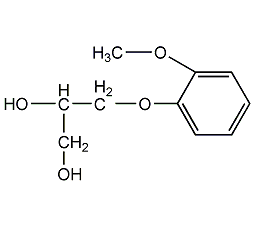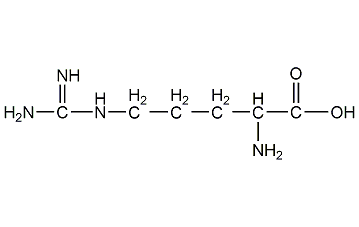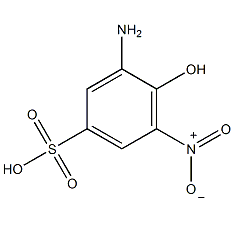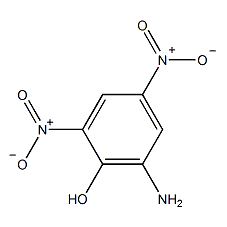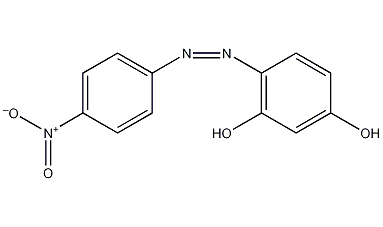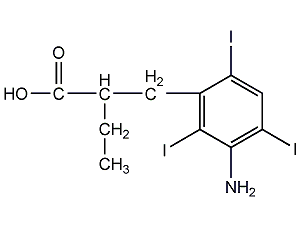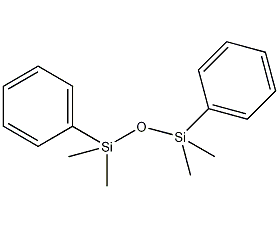Bis(tributyltin)oxide
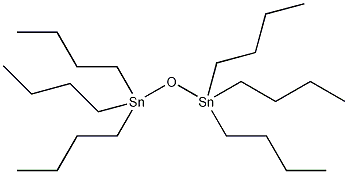
Structural formula
| Business number | 017G |
|---|---|
| Molecular formula | C24H54OSn2 |
| Molecular weight | 598 |
| label |
Bistributyltin oxide, fungicides, Elemental organic compounds |
Numbering system
CAS number:56-35-9
MDL number:MFCD00009418
EINECS number:200-268-0
RTECS number:JN8750000
BRN number:745057
PubChem number:24891834
Physical property data
1. Properties: slightly yellow liquid.
2. Density (g/mL, 25/4℃): 1.17
3. Relative vapor density (g/mL, air=1): Undetermined
4. Melting point (ºC): -45
5. Boiling point (ºC, normal pressure): Undetermined
6. Boiling point (ºC, 266.6Pa): 180
7. Refractive index: Undetermined
8. Flash point (ºC): >100
9. Specific rotation (º): Undetermined
7. p>
10. Autoignition point or ignition temperature (ºC): Undetermined
11. Vapor pressure (kPa, 25ºC): Undetermined
12. Saturated vapor pressure (kPa, 60ºC): Undetermined
13. Heat of combustion (KJ/mol): Undetermined
14. Critical temperature (ºC): Undetermined
15. Critical pressure (KPa): Undetermined
16. Log value of oil-water (octanol/water) partition coefficient: Undetermined
17. Explosion upper limit (%, V /V): Undetermined
18. Lower explosion limit (%, V/V): Undetermined
19. Solubility: Miscible with organic solvents, almost insoluble in water .
Toxicological data
This product is toxic and may cause poisoning if swallowed or absorbed through the skin. Acute poisoning can have an incubation period of 3 to 5 days. During this period, sometimes only a mild headache is felt, and sometimes there is no discomfort at all. In the early stage of poisoning, there are symptoms such as headache, bloating, dizziness, general weakness, loss of appetite, etc., sometimes accompanied by symptoms such as nausea, vomiting, insomnia, weight loss, etc. In severe cases, the condition worsens and mental disorder, coma, decreased blood pressure, and increased cerebral pressure occur. , urinary retention, paralysis and other symptoms, and even death. The maximum allowable concentration in the air is 0.1mg/m3.
Ecological data
None
Molecular structure data
None
Compute chemical data
1. Reference value for hydrophobic parameter calculation (XlogP): None
2. Hydrogen��Number of donors: 0
3. Number of hydrogen bond acceptors: 1
4. Number of rotatable chemical bonds: 20
5. Mututation Number of conformers: None
6. Topological molecule polar surface area 9.2
7. Number of heavy atoms: 27
8. Surface charge: 0
9. Complexity: 246
10. Number of isotope atoms: 0
11. Determine the number of atomic stereocenters: 0
12. The number of uncertain stereocenters of atoms: 0
13. The number of determined stereocenters of chemical bonds: 0
14. The number of uncertain stereocenters of chemical bonds: 0
15. Number of covalent bond units: 1
Properties and stability
1. This product is toxic and may cause poisoning if swallowed or absorbed through the skin. Acute poisoning can have an incubation period of 3 to 5 days. During this period, sometimes only a mild headache is felt, and sometimes there is no discomfort at all. In the early stage of poisoning, there are symptoms such as headache, bloating, dizziness, general weakness, loss of appetite, etc., sometimes accompanied by symptoms such as nausea, vomiting, insomnia, weight loss, etc. In severe cases, the condition worsens and mental disorder, coma, decreased blood pressure, and increased cerebral pressure occur. , urinary retention, paralysis and other symptoms, and even death. The maximum allowable concentration in the air is 0.1mg/m3. Production equipment should be sealed, the room should be well ventilated, and operators should wear protective equipment.
Storage method
This product should be kept sealed. Packed in tinplate barrels, 15kg per barrel. Store and transport according to regulations on toxic drugs.
Synthesis method
1. The reaction between anhydrous tin tetrachloride and butylmagnesium bromide produces tetrabutyltin, which then reacts with tin tetrachloride to form tributyltin. Butyltin chloride finally reacts with potassium hydroxide to obtain tributyltin oxide.
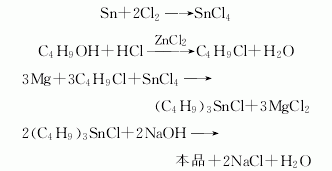
Purpose
1. Oxidizing agent. Decompose monoesters (including those containing peptide bonds). Fungicides. Fungicides. Pesticides. Antifouling paint.
2.Organotin molecules can penetrate the cell membrane and compete with cations associated with acidic groups in proteins and enzymes, causing extreme cell metabolism. Disturbance leads to the death of microorganisms. Organotin can be used to inhibit slime-producing bacteria, and is also effective in killing sulfate-reducing bacteria and certain gas-producing bacteria.
3. Used to prepare anti-corrosion paint and pesticides, such as fumigants and disinfectants.
extended-reading:https://www.newtopchem.com/archives/1738extended-reading:https://www.newtopchem.com/archives/39611extended-reading:https://www.newtopchem.com/archives/1006extended-reading:https://www.newtopchem.com/archives/1118extended-reading:https://www.bdmaee.net/2114-2/extended-reading:https://www.bdmaee.net/wp-content/uploads/2022/08/N-cyclohexyl-N-methylcyclohexylamine-CAS-7560-83-0-N-methyldicyclohexylamine.pdfextended-reading:https://www.bdmaee.net/cas-2212-32-0/extended-reading:https://www.cyclohexylamine.net/pentamethyldipropene-triamine-cas-3855-32-1/extended-reading:https://www.newtopchem.com/archives/672extended-reading:https://www.newtopchem.com/archives/1061
